The digital realm is far from perfect—and therein lies its beauty. Glitch art, with its roots in corrupted files and digital imperfections, transforms “mistakes” into evocative works of art. As the concept of digital decay gains prominence, creatives are embracing glitch art techniques to express themes of impermanence, technological breakdowns, and the fragility of the virtual world. By exploring the glitch aesthetic, artists turn errors into deliberate design choices, creating works that resonate with audiences.
Whether you’re just venturing into glitch art or are an experienced digital artist, this guide will uncover essential techniques to master glitch art for conveying digital decay. But first, let’s dive deeper into its unique appeal and the tools that make it all possible. For inspiration and resources, explore Hangoutgraphics for tools and ideas to start your glitch art journey today.
Understanding Glitch Art: The Intersection of Beauty and Chaos
Glitch art isn’t merely a representation of technological errors—it’s a deliberate exploration of digital flaws. At its core, glitch art is about embracing chaos to create visuals that challenge conventional norms.
Digital decay, a concept central to glitch art, represents the gradual deterioration of data. This process can occur through corrupted files, deteriorated hardware, or intentional manipulation. Unlike traditional design principles that seek perfection, glitch art celebrates randomness, creating mesmerizing results that embody imperfection.
Interestingly, glitch art connects with philosophical ideas surrounding entropy—the natural tendency of systems to move from order to disorder. By using glitch techniques, artists symbolically reflect on impermanence, instability, and even human mortality in a digital context.
Why Glitch Art is Popular Today
The growing fascination with glitch art stems from several cultural and technological shifts:
- Nostalgia for Analog Aesthetics: Many glitch artworks reference the aesthetics of VHS tapes, CRT screens, or early gaming consoles, evoking nostalgia for older technologies.
- Commentary on Digital Dependency: As our reliance on technology deepens, glitch art critiques this relationship by showcasing its fragility.
- Aesthetic Appeal: Beyond its conceptual value, glitch art has a unique visual appeal—its bold colors, distorted imagery, and fragmented compositions are undeniably striking.
How to Get Started with Glitch Art
Before diving into advanced glitch techniques, understanding the fundamentals is crucial.
- Choose the Right Software and Tools: Many artists use Adobe Photoshop or After Effects to create glitch effects manually. Free alternatives like GIMP or Audacity can also achieve stunning results.
- Experiment with Hardware Errors: Some artists intentionally manipulate old hardware, like broken VHS players or CRT monitors, to create authentic glitches.
- Explore Mobile Apps for Beginners: There’s a wealth of apps graphic design enthusiasts can use to generate glitch effects easily. Apps like Glitché, Datamosh, and Vaporgram are especially popular.
By experimenting with these tools and techniques, you’ll gain a deeper understanding of how to create captivating glitch effects.
Mastering Glitch Art Techniques
Now that you’re equipped with the basics, let’s delve into seven essential glitch art techniques to bring the aesthetic of digital decay to life.
Pixel Sorting: A Dive into Digital Entropy
Pixel sorting is a technique where an image’s pixel data is rearranged in unexpected ways, resulting in stunning streaks and distortions. It’s a favorite among glitch artists due to its versatility and dramatic results.
To try this:
- Use code-based software like Processing or Max/MSP to manipulate pixels programmatically.
- Experiment with online tools like Photomosh, which allow you to adjust pixel sorting parameters visually.
Pixel sorting is especially effective for emphasizing motion or creating surreal landscapes.
Data Corruption: The Beauty of Broken Files
This technique involves intentionally corrupting image or video files to create unpredictable glitches. By opening a media file in a hex editor and altering its code, you can achieve stunning distortions.
Here’s how:
- Open an image or video file in a hex editor (such as HxD).
- Randomly delete or modify portions of the code.
- Save and reopen the file to view the results.
While data corruption requires patience, its unpredictability often leads to unique and powerful visuals.
Compression Artifacts: Turning Loss into Gain
Compression artifacts are visual distortions caused by over-compressing images or videos. Instead of viewing them as flaws, glitch artists embrace these artifacts as part of the aesthetic.
To experiment with compression artifacts:
- Save an image in JPEG format at an extremely low quality.
- Repeat this process multiple times to amplify the distortion.
- Combine compressed images with other glitch effects for layered results.
Datamoshing: The Science of Video Glitching
Datamoshing involves manipulating video files to create psychedelic distortions. By removing keyframes from a video, you can force motion data to “bleed” across frames, producing mesmerizing results.
To create data mosh effects:
- Use software like Avidemux or Datamosher Pro.
- Identify the keyframes in your video file and delete them selectively.
- Play around with motion-heavy footage for more dramatic results.
Datamoshing is particularly popular in music videos and experimental films due to its dynamic nature.
Glitch Art Techniques: Balancing Chaos and Control
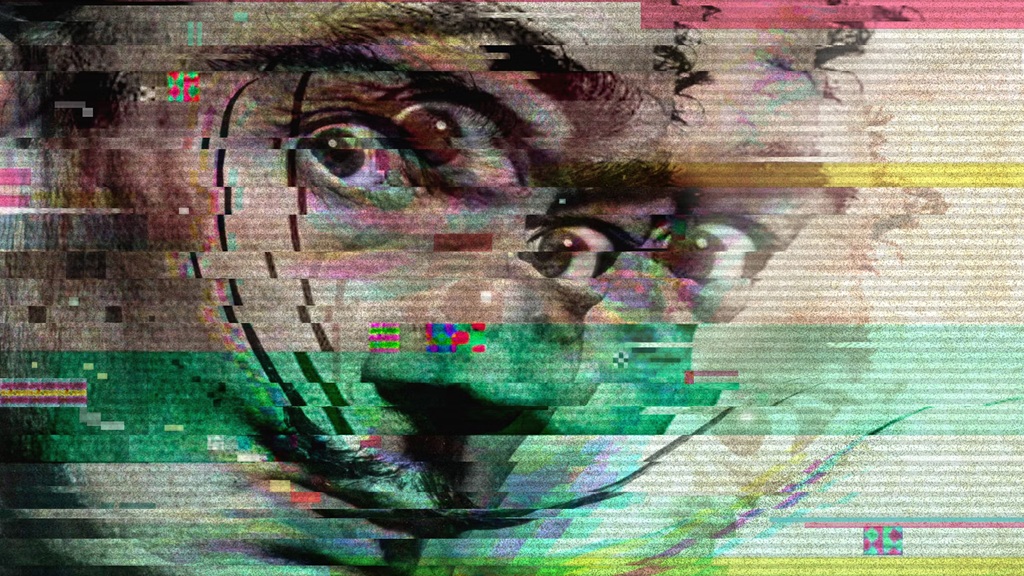
One of the most rewarding aspects of glitch art is its unpredictability. Unlike traditional design methods, glitch techniques often yield surprising results, challenging artists to embrace spontaneity.
However, successful glitch art requires a balance between chaos and control. While glitches can be random, the artist’s role is to harness these elements into cohesive compositions.
Related: E-commerce websites must have these features in 2025
To refine your skills:
- Study the works of prominent glitch artists like Rosa Menkman and Kim Asendorf.
- Participate in online glitch art communities for feedback and inspiration.
- Explore tools like Notepad++ for creative code-based glitching.
The Future of Glitch Art and Digital Decay
Glitch art is not just a passing trend—it’s a reflection of our evolving relationship with technology. As new forms of digital media emerge, glitch art will continue to evolve, offering fresh ways to explore themes of decay, imperfection, and entropy.
Interestingly, some artists are even incorporating AI-generated glitches into their work, blending human creativity with machine unpredictability. This fusion of traditional glitch techniques and cutting-edge technology is paving the way for a new era of digital experimentation.
FAQs
How can beginners start creating glitch art?
Beginners can start by using free tools like GIMP or Photomosh to experiment with basic glitch effects. Mobile apps like Glitché also make it easy to create glitch art without technical expertise.
What are the key tools for professional glitch artists?
Professional glitch artists often use software like Adobe After Effects, Processing, or Audacity. Hardware tools like VHS players and CRT monitors are also popular for creating authentic glitches.
What themes does glitch art explore?
Glitch art often explores themes of impermanence, entropy, and the fragility of technology. It’s a reflection of both personal and societal relationships with the digital world.
Can glitch art be used commercially?
Yes, glitch art is increasingly used in branding, music videos, and fashion design. Its edgy aesthetic appeals to brands targeting younger, tech-savvy audiences.
What is data moshing?
Datamoshing is a video glitch technique that involves removing keyframes from a video file to create distorted, motion-heavy visuals.
Conclusion
Glitch art is more than a visual aesthetic—it’s a philosophy that embraces imperfection, randomness, and the beauty of digital decay. By mastering these techniques, artists can unlock new ways to explore creativity and challenge traditional design norms. Whether you’re experimenting with data corruption or diving into pixel sorting, remember that glitch art thrives on unpredictability.
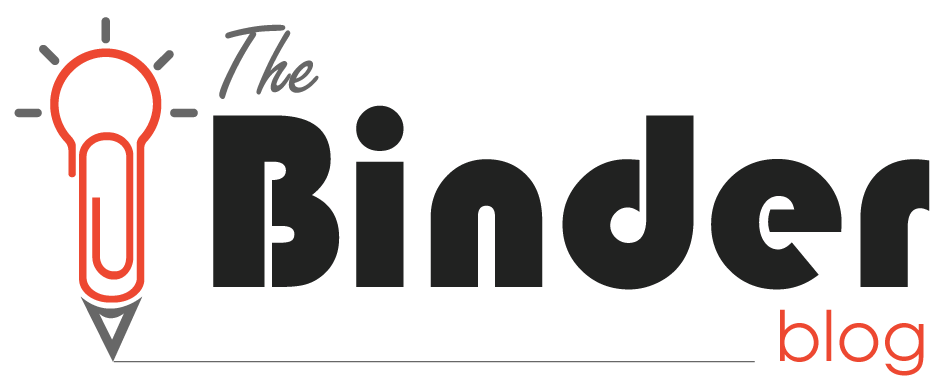
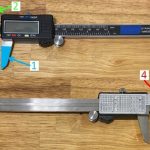



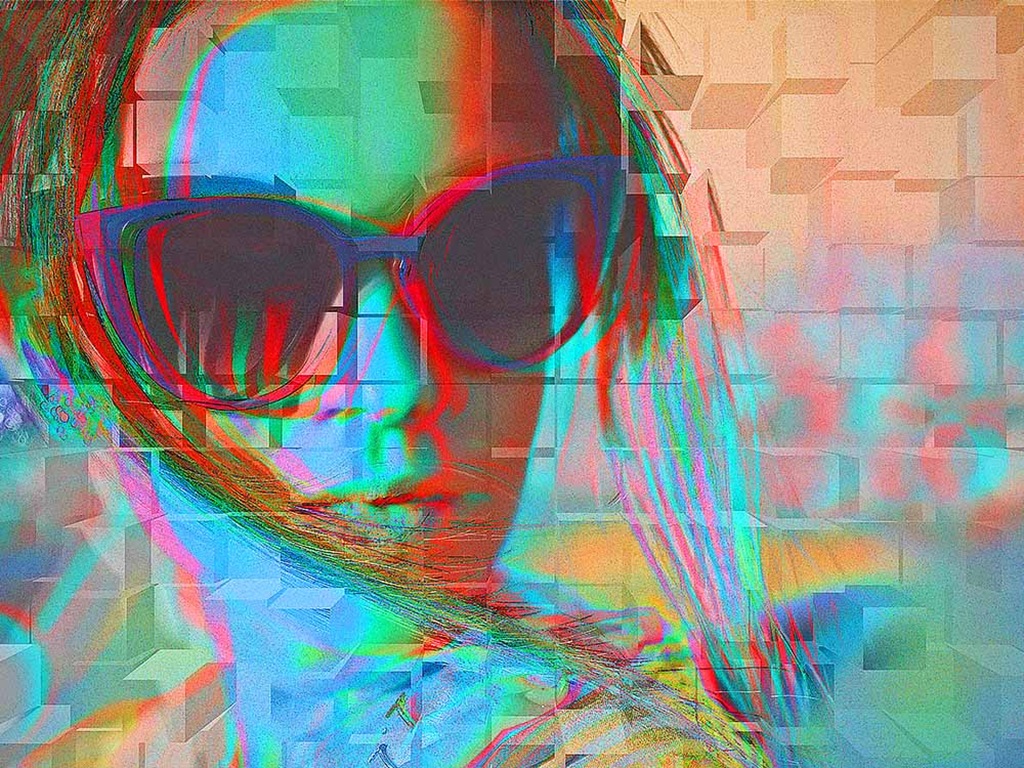
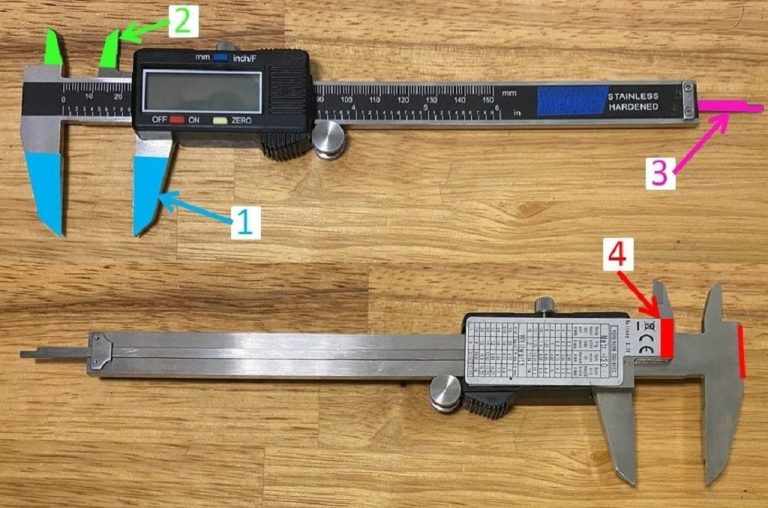
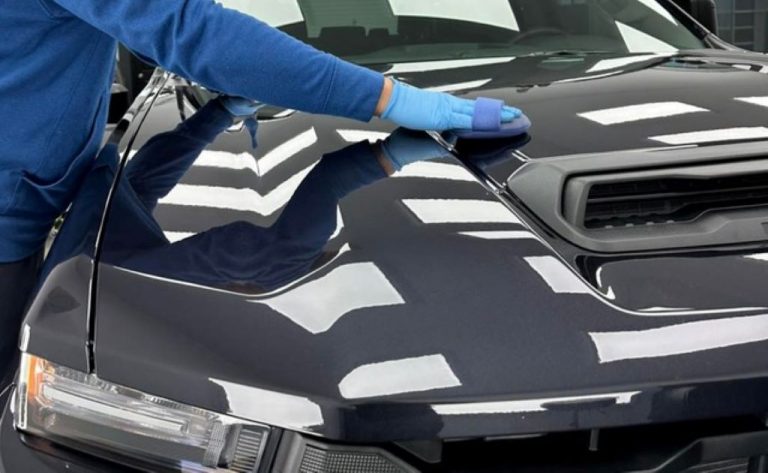
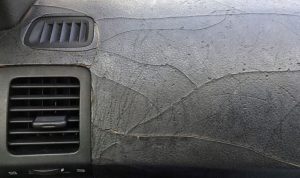
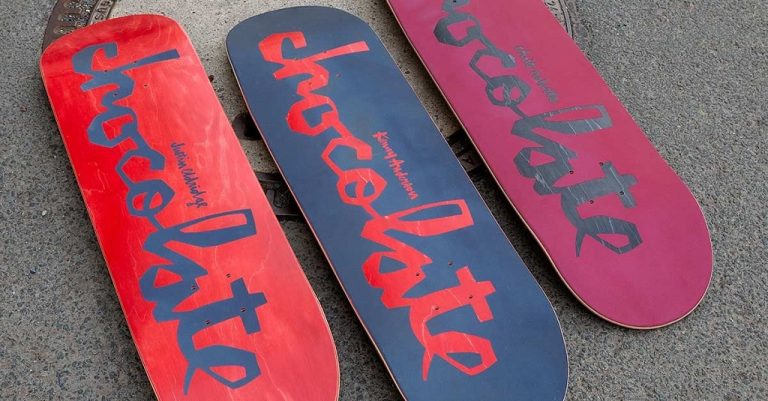

+ There are no comments
Add yours